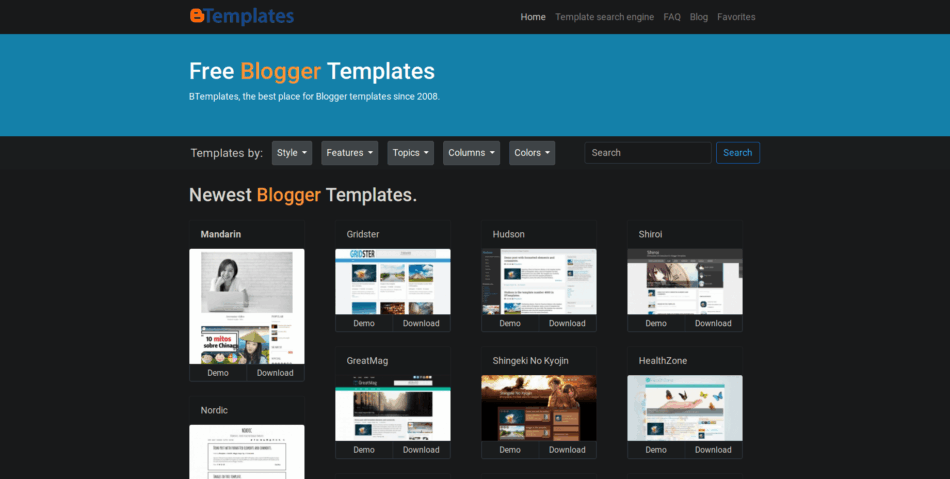Being in front of a computer or a cellphone for long periods of time (beside aging, of course) has had consequences with my eyes; as a light myopia, sensitivity to light at certain times, insomnia and tired eyesight. Many of these effects are attributed to the blue light produced by virtually all the screens to which we are exposed. Therefore, one way to protect my eyes and simply to see these devices in a more comfortable way is to decrease the exposure and intensity to this kind of light at specific times.
1. Dark Reader.

Dark Reader is an extension available for Mozilla Firefox (and other not as good internet browsers such as Chrome or Safari :P) that replaces the color palette of the websites you visit with a new one with darker colors; thus increasing contrast, making reading easier and decreasing the intensity of the evil (well, not so much) blue light.
The conversion of the original color palette is quite acceptable, rarely the readability suffers and on the contrary, most of the designs gain in clarity under this mode. And if a part of a site is not very clear or I just want to see the original design, you can temporarily disable Dark Reader or disable it at domain name level.
For example, BTemplates using Dark Reader looks like this:

Many applications and websites have a dark mode but in the majority of them is not activated by default. Check the settings of the applications you use the most and activate it if it looks clearer for you.
2. Flux.

Flux is a program for Linux, Windows and even Mac, that adapts the screen light’s according to the time of day and your geographical location (optional); basically the result is that the screen looks more red (temperature of the light increases) and that dramatically reduces the amount of blue light that the screen produces. Although the first time I used it was a little bit strange to see a “red” screen , it was also much more comfortable for my eyes and after using it for several weeks, I can feel my sight a lot less tired.
Flux can also control the light’s temperature of smart bulbs and it has an Android app, but requires root. For Windows, a perhaps better replacement is LightBulb, an open source program with similar features to Flux but a better graphic interface.
3. Red Moon.

Red Moon is an open source app for Android with similar features to Flux, but does not require root and has more customization options. Red Moon can be downloaded from the F-Droid apps directory, as an apk file directly from GitHub or Google Play.
If, like me, you have the bad habit of use your phone before sleeping, your eyes will thank you for having this app installed.
Obviously, if you have a specific problem with your eyesight, it is better to consult an ophthalmologist and find a more suitable solution for you.



